|
Childhood and Death in Victorian England by Sarah SeatonThis book is very detailed in the numbers and stories of what Victorian life was like for mothers and children of the time frame. Hearing accounts as if you were right there reading the stories from the newspapers themselves. We have forgotten what it was like to have children working the mines and the mills. They were expendable. We have come a long way, but if we do not remember the past we are doomed to repeat it. Amazing book, worth the read.
4/5 skulls https://www.amazon.com/Undertaking-Life-Studies-Dismal-Trade/dp/0393334872/ref=sr_1_1?crid=1KN0GK0YG3608&dchild=1&keywords=thomas+lynch+the+undertaking&qid=1601596298&sprefix=thomaas+lynch%2Caps%2C181&sr=8-1
0 Comments
Disconnected from Death by April Slaughter and Troy Taylor
This book is a major part of why we are working on building this museum in the first place. We have truly become so disconnected from death that is almost like a hidden enemy for us now a days. This book starts to really peel back the layers we have placed on death to keep it hidden from sight. If you love the idea about the museum, this is a book for you. 5/5 skulls https://www.amazon.com/Disconnected-Death-Evolution-Funerary-Unmasking/dp/1732407908/ref=sr_1_1?dchild=1&keywords=disconnected+from+death&qid=1601597108&sr=8-1 The Undertaking by Thomas Lynch
This is a collection of stories by an undertaker about his life in the funeral industry. Most stories are just like basic everyday stories with death attached, some cute, some funny, but mainly just bland type stories. I was hoping for more witty humor, or fun stories. It does have some good background as to the life of a funeral director. So if you are thinking of getting into the trade, this one is for you. 4/5 skulls https://www.amazon.com/Undertaking-Life-Studies-Dismal-Trade/dp/0393334872/ref=sr_1_1?crid=1KN0GK0YG3608&dchild=1&keywords=thomas+lynch+the+undertaking&qid=1601596298&sprefix=thomaas+lynch%2Caps%2C181&sr=8-1 Human Remains by Helen MacDonald
I purchased this for the history of dissection and it's histories, and was actually disappointed sorely. There was next to no history of dissection or it's history. It pretty much focused on the extinction of the Tasmanian people and how their skeletons became a hot commodity. No not much history. 2/5 skulls https://www.amazon.com/Human-Remains-Dissection-Its-Histories/dp/0300116993/ref=sr_1_2?crid=14FKTAS4LVR9Q&dchild=1&keywords=helen+macdonald+human+remains&qid=1601595870&sprefix=human+remains+helen%2Caps%2C182&sr=8-2 Uranium glass is glass which has had uranium, usually in oxide diuranate form, added to a glass mix before melting for coloration. The proportion usually varies from trace levels to about 2% uranium by weight, although some 20th-century pieces were made with up to 25% uranium. Uranium glass was once made into tableware and household items, but fell out of widespread use when the availability of uranium to most industries was sharply curtailed during the Cold War in the 1940s to 1990s. Most such objects are now considered antiques or retro-era collectibles, although there has been a minor revival in art glassware. Otherwise, modern uranium glass is now mainly limited to small objects like beads or marbles as scientific or decorative novelties.
|
Author
From the Team at Museum of Mortality Archives
October 2020
Categories
|
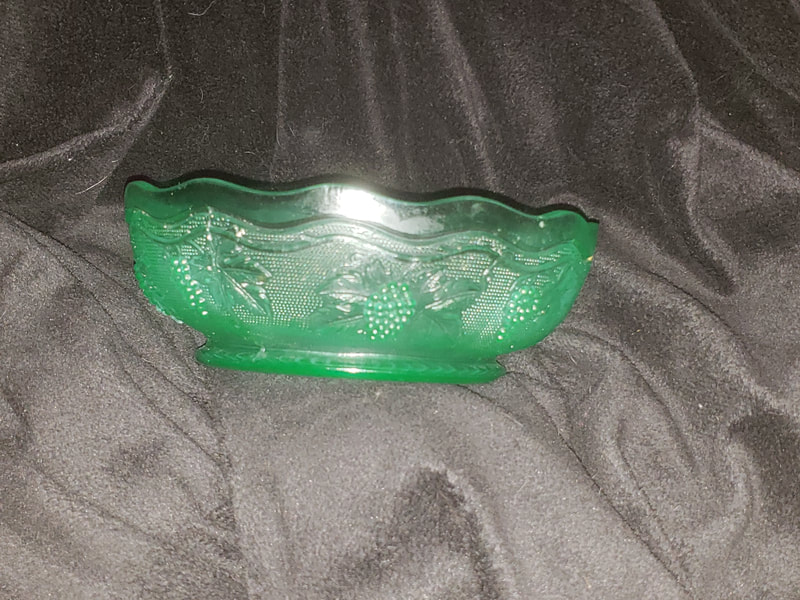
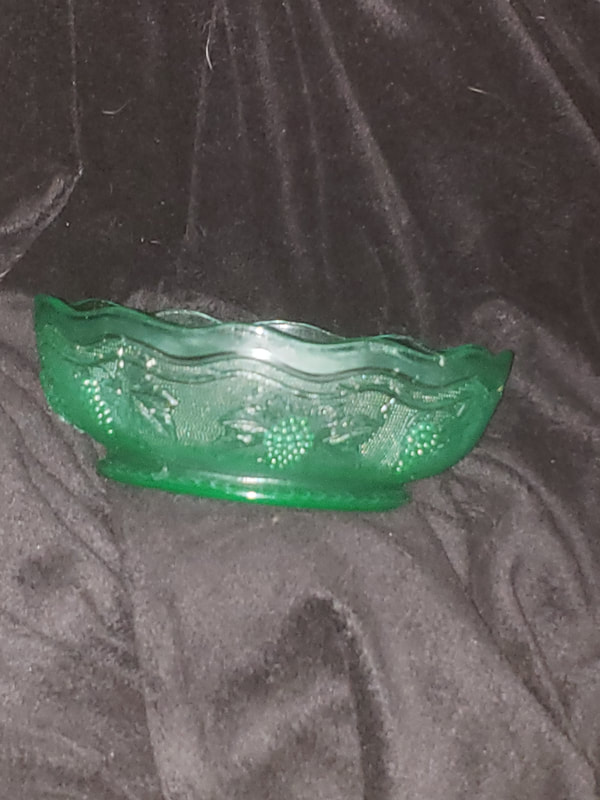
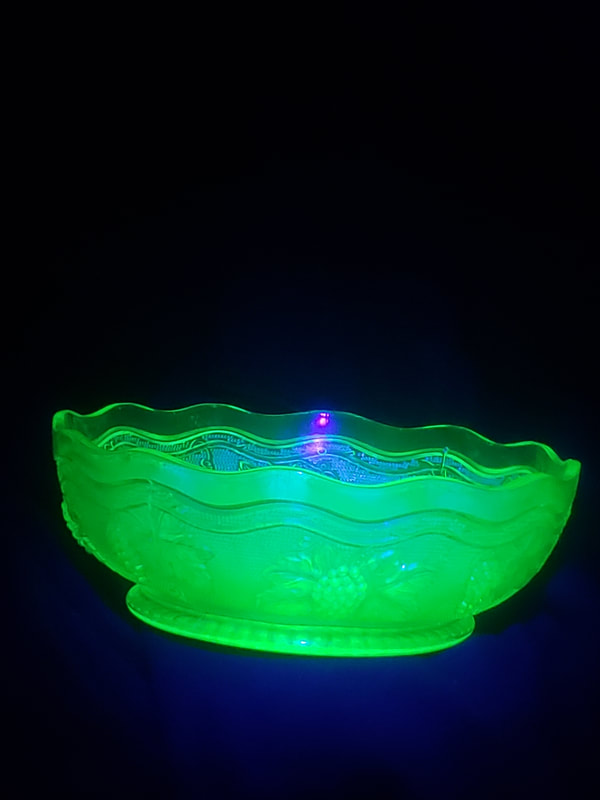
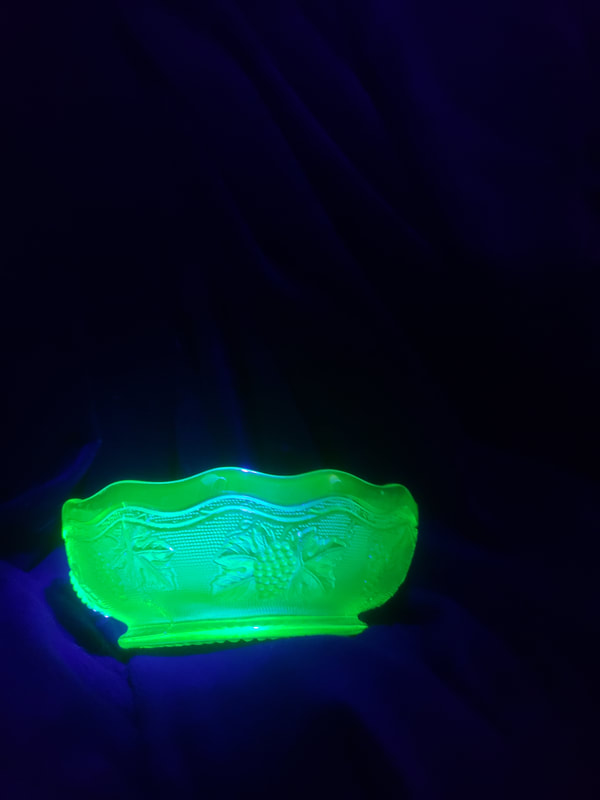
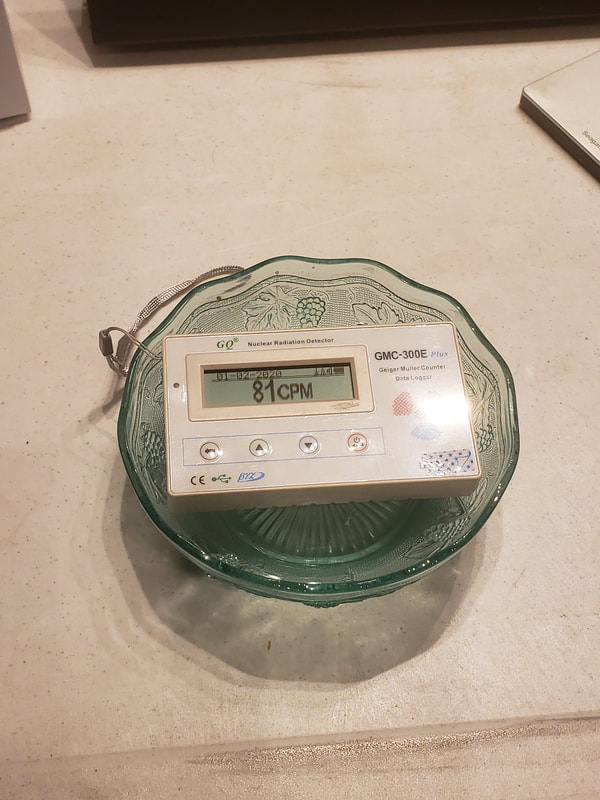
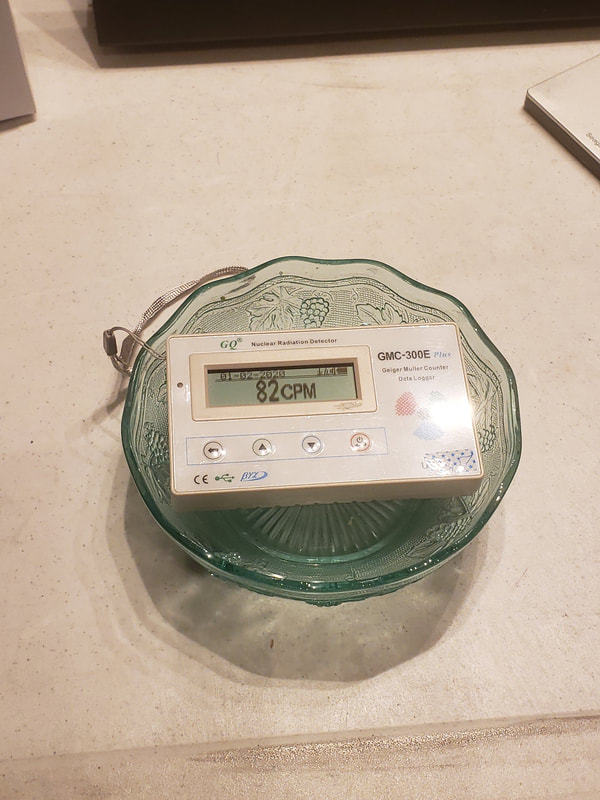
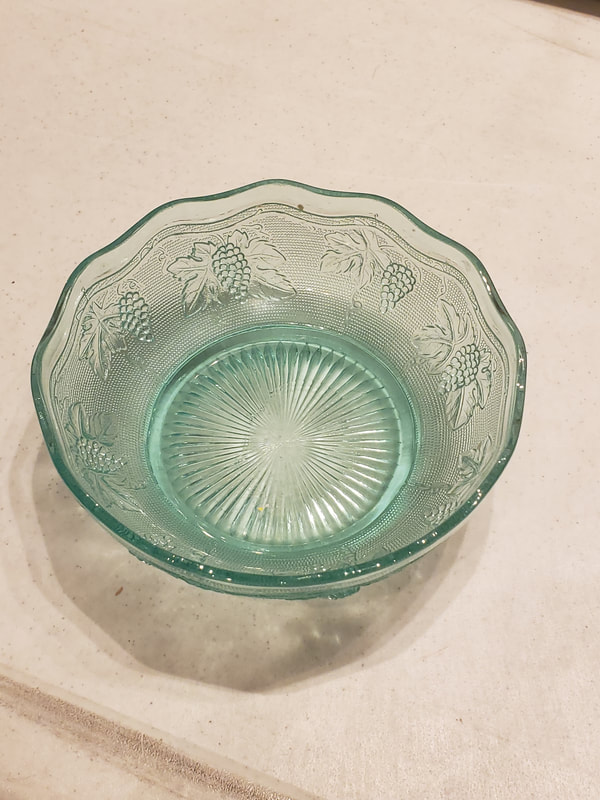
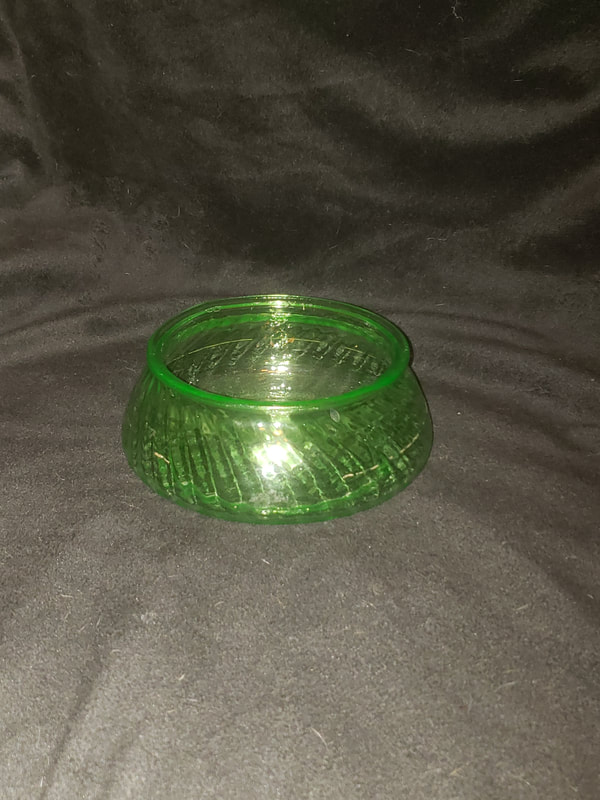
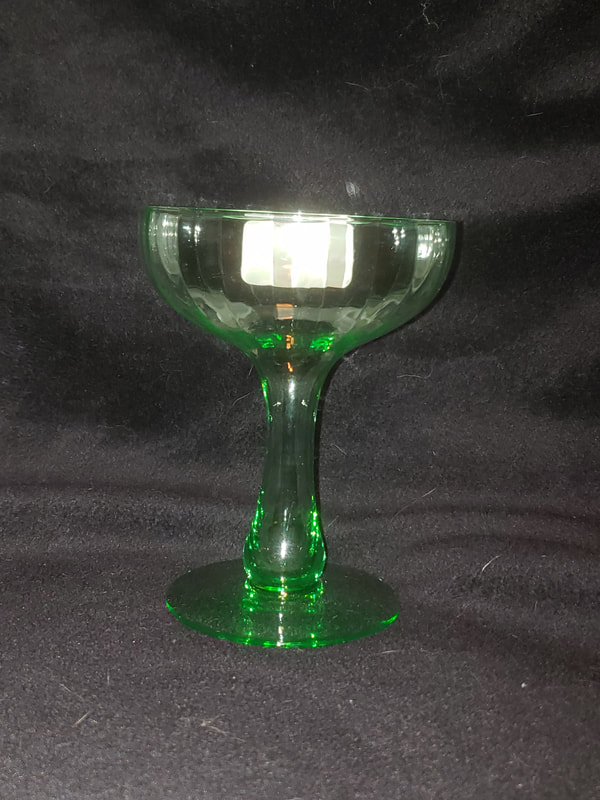
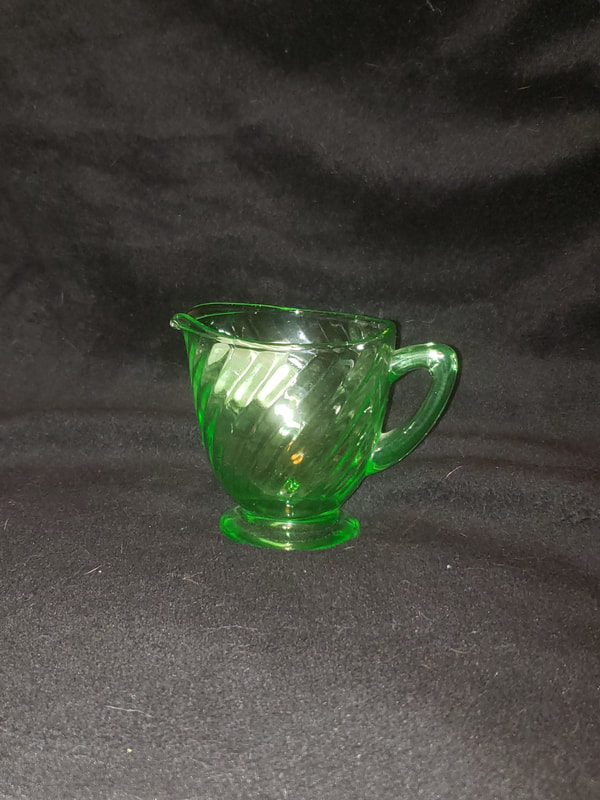
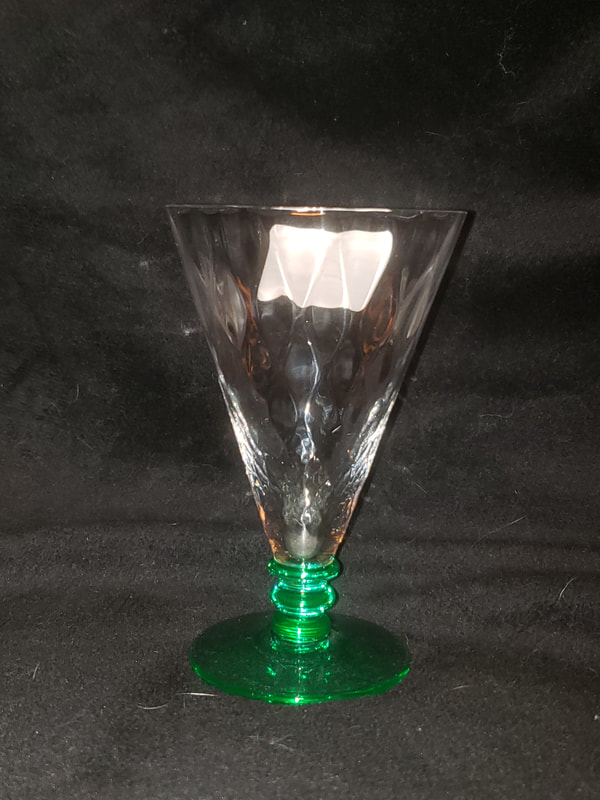
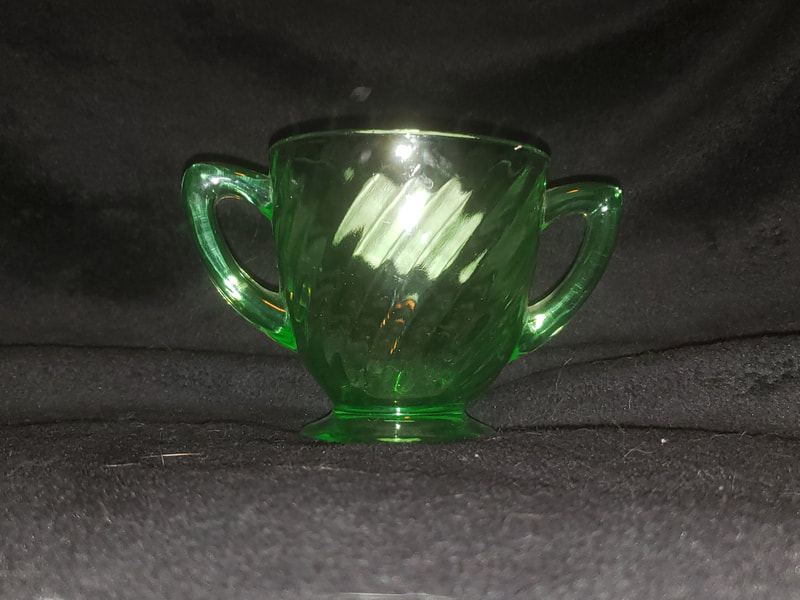
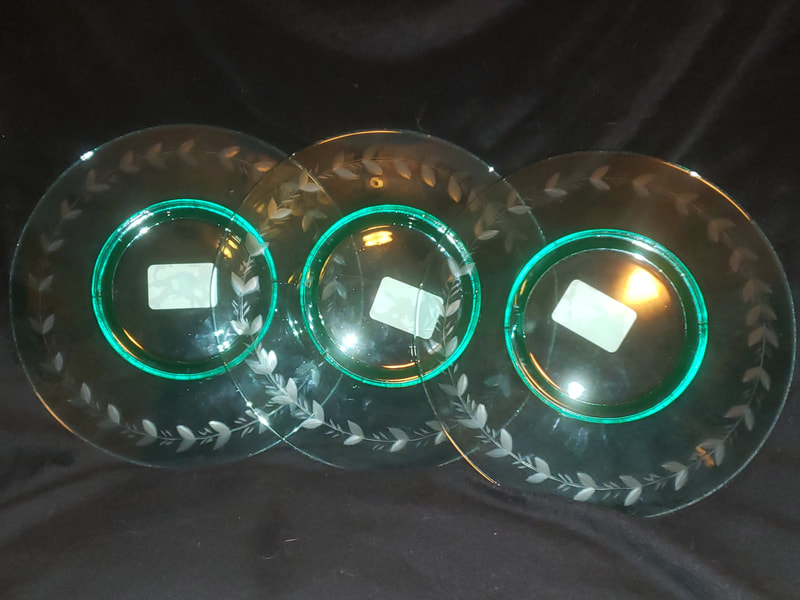
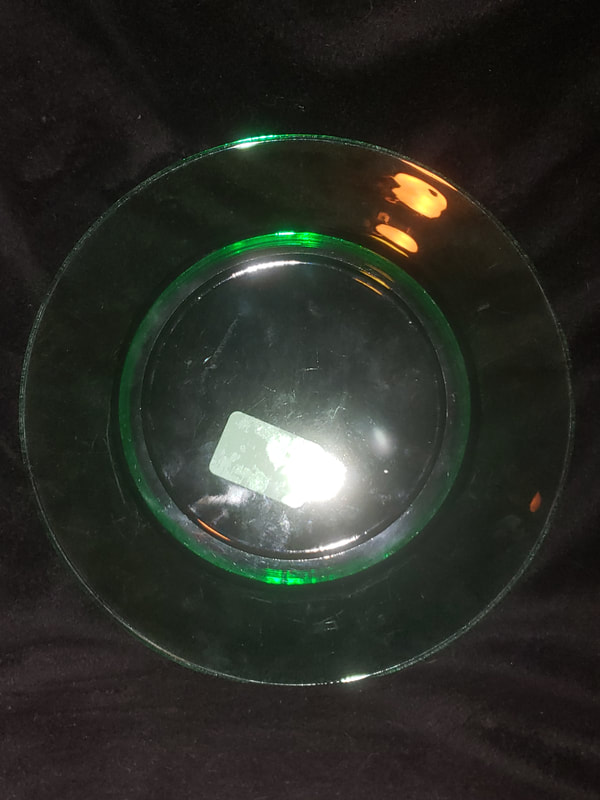
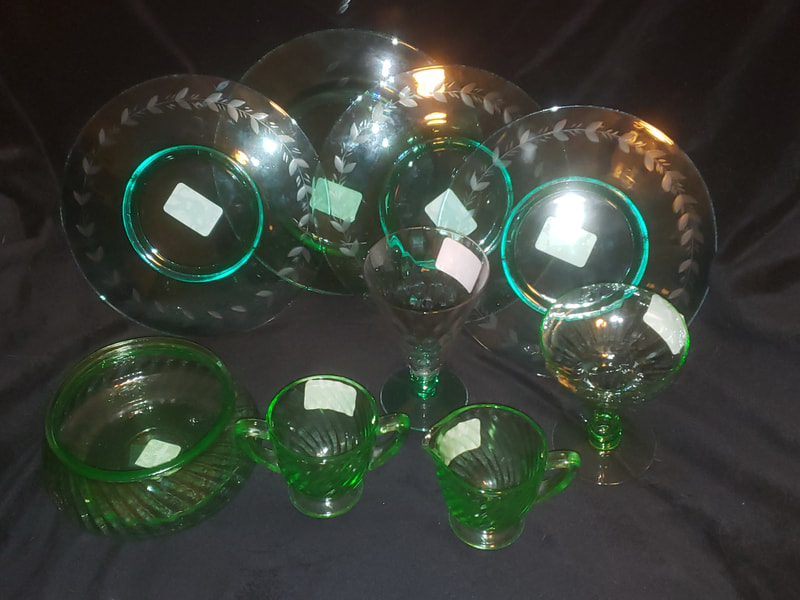
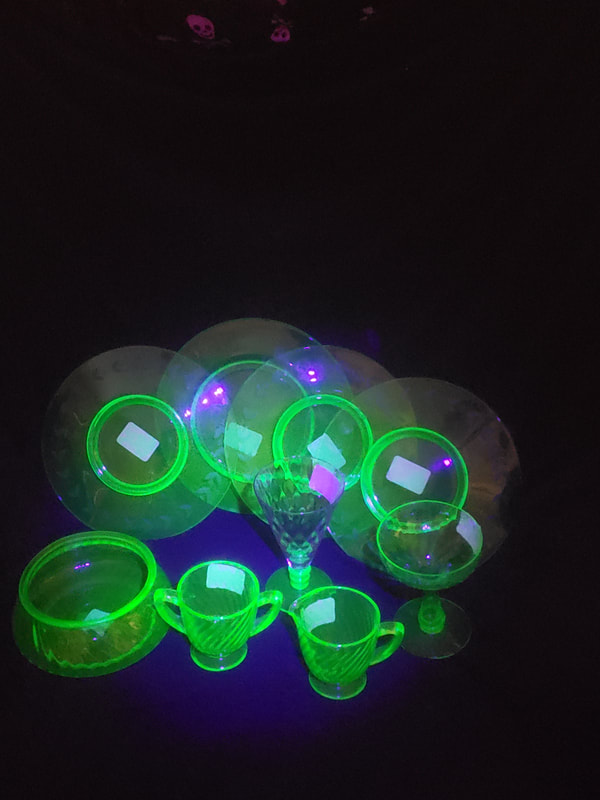
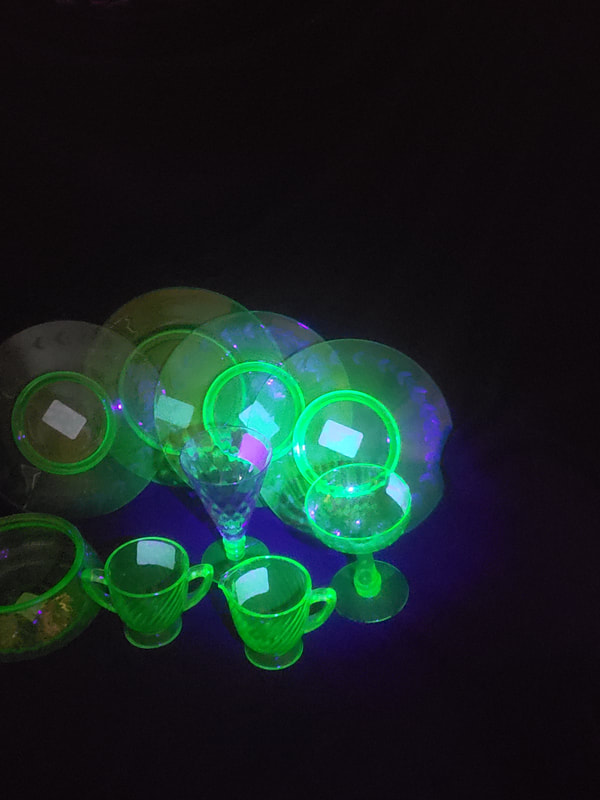
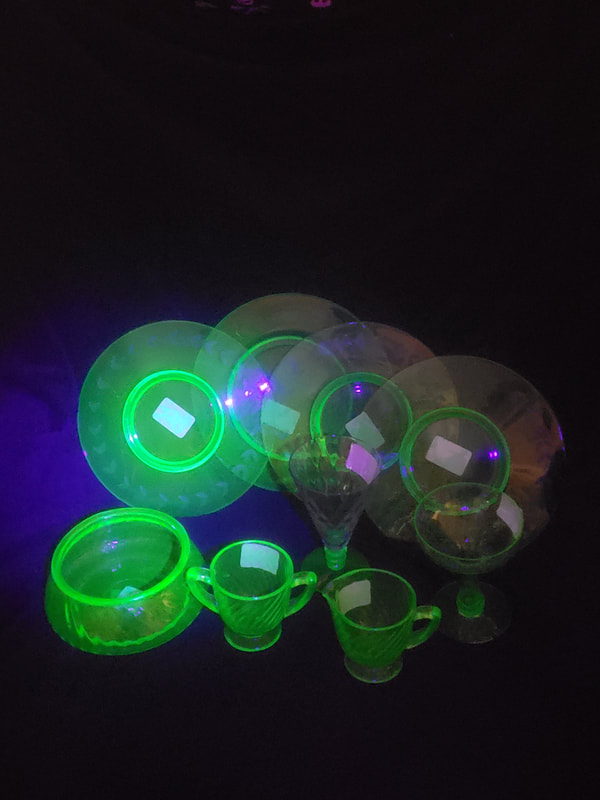
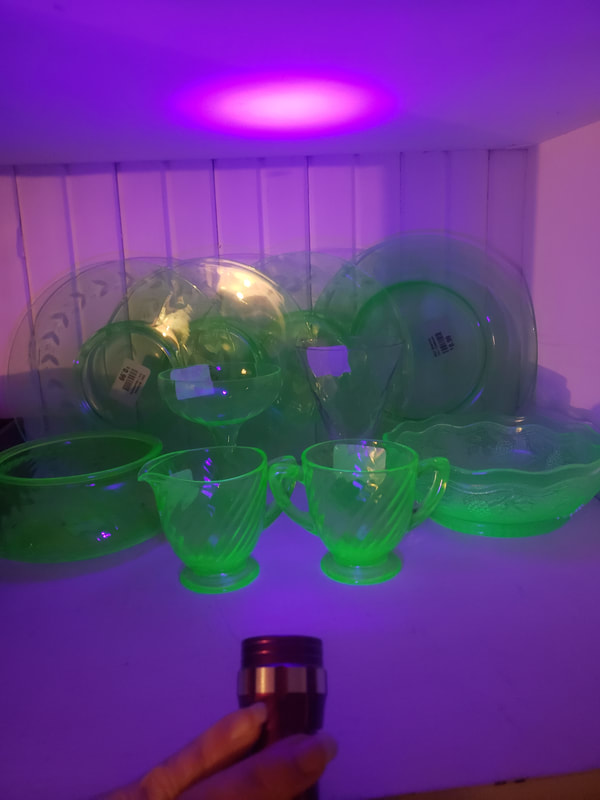
 RSS Feed
RSS Feed
